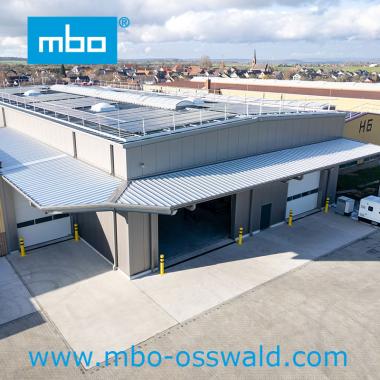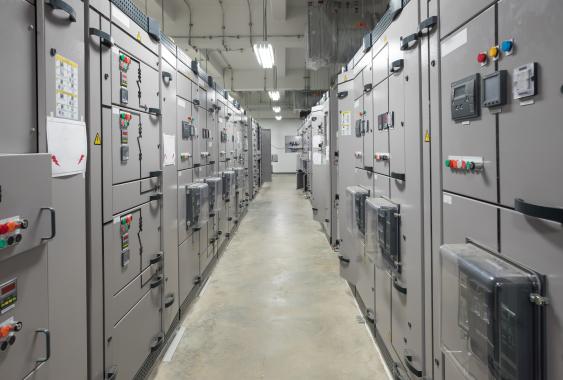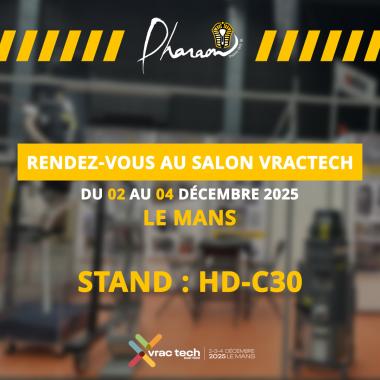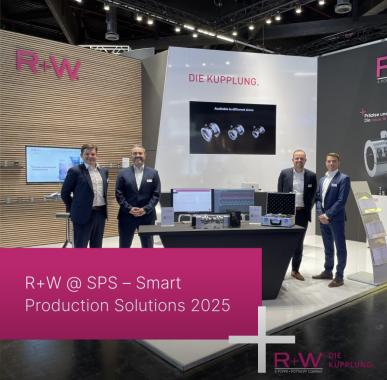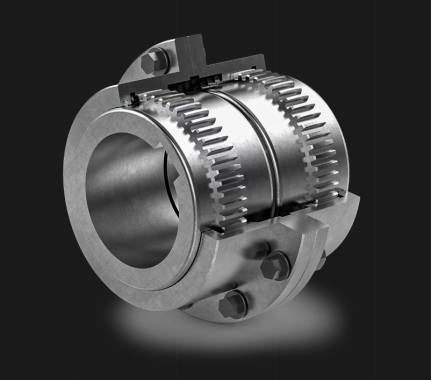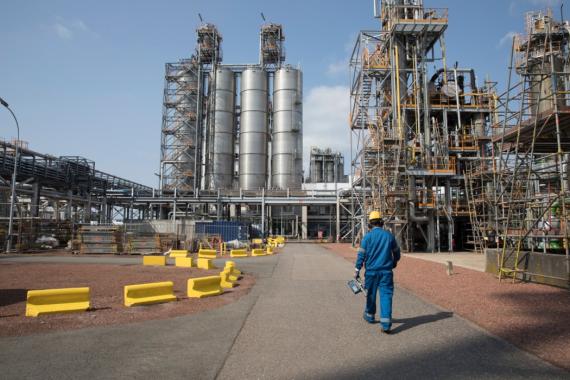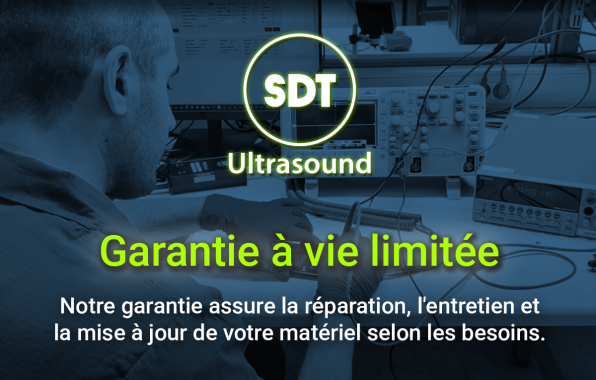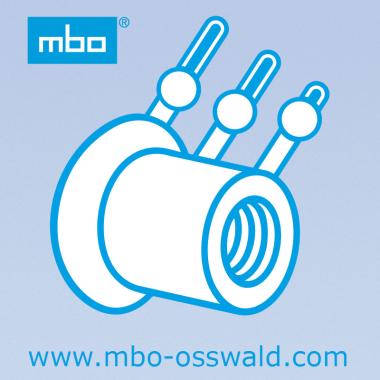The Industrial Digital Twin: An Essential Assistance Tool
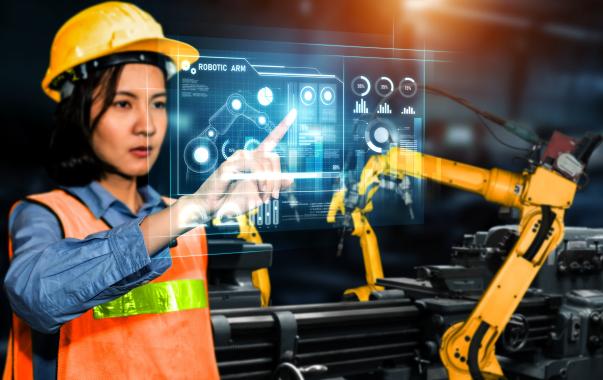
The digital twin in industry: design and production support
Tests and forecasts represent a non-negligible cost for most companies and even more so for manufacturers. The creation of a digital twin in Industry 4.0 offers the possibility of enriching one's knowledge based on past data while having a realistic vision of development prospects. When modeling becomes larger than life, the digitization of the industry of the future is more than ever an essential tool for gaining competitiveness and security.
What is the digital twin in industry?
The most advanced model in the industry
The digital twin in industry refers to software for dynamic physical modeling of a process, the operation of a product or the progress of a service from its design to its destruction .
From data graphics, to 3D representation and virtual reality visualization, the complexity of the digital twin depends on the uses .
Modeling can concern a single object as well as represent the functioning of an entire city or even simulate the creation of a new factory.
A recent concept in constant evolution
The concept of the digital twin in the industry arrived from across the Atlantic in the early 2000s .
The major progress made in the digital world has made it possible to change its definition as more and more essential applications for companies are discovered.
How does modeling work?
Thanks to artificial intelligence, virtual reality, robotics, connected objects and a more functional human-machine interface, it is possible to collect exhaustive and extremely detailed operational data .
It can be spatial information, algorithms, temperatures, velocities, etc. We are talking about digital heritage over time. This information is transformed and used within a model which makes it possible to understand and optimize processes .
The digital twin can be viewed from any digital interface: smartphone, tablet, computer, wall projection, 3D glasses, virtual reality headset, etc.
How to design this model internally?
Hundreds of models coexist in the industry and those standardized are more sought after to become exploitable and transposable to different fields. Thus, the digital twin model is not specific to each company . Standardization remains essential to communicate without ambiguity.
What benefits and applications can the industry derive from the digital twin?
Applications with direct benefits
The benefits and applications of the digital twin in industry are as varied as the sector itself.
Here are some examples of using the digital twin:
- Anticipate, understand and improve the performance and life cycle of products
- Synchronize data between connected objects and digital version
- Plan all the activities of a production line
- Improve the performance of a product without resorting to user feedback, but only on the basis of the information provided by the digital twin
- Obtain the best optimization levers by simple simulation for products whose performance exceeds all expectations
- Understand the quality variations of a product, in the food industry for example, and be able to act accordingly
- Increase industry adaptability in the face of fierce competition
- Learn from mistakes by understanding what really happened during a technical incident, in the chemical industry for example
- Simulate a production line to carry out the machining and programming transfer of the machines without having to shut them down
- Predict system wear even before the first signs of failure, in wind power for example
- Anticipate the future developments of its market based on the analysis of the existing and the present
Indirect benefits
Reliability and trust assured
Companies with digital twin models appear to be more reliable than those that have not yet taken the plunge .
The reliability and the resistance of their products increase for a greater adequacy with the expectations of the public.
The digital twin offers a long-term vision of a product to anticipate the future.
Priceless savings
Investing in artificial intelligence represents a cost that quickly pays for itself through the savings made possible with the digital twin .
A more efficient production line, virtual test phases and products with fewer breakdowns and failures are saving companies billions of euros .
Strengthened collaboration
The digital twin, like industrial robotics, improves human work instead of depriving it of it .
Digital requires the company to change its culture, its habits and to opt for a constant desire for learning, questioning and transparency. This can destabilize, even frighten, but in reality artificial intelligence optimizes working conditions , relations between employees and between the user and the machine.
Bringing the engineer and the operator closer within a virtuous communication offers the possibility of confronting the theory with the reality of the field for a greater synergy which benefits the realization of the tasks of each one .
Recognizing the flaws in a production chain, in the operation of a service, in the use of a product put on the market even though it had design flaws requires a strong capacity for questioning and a need of truth and transparency that consumers will appreciate .
Which specific production phases can benefit from artificial intelligence?
All production phases are concerned, but identifying problems upstream of the production chain to correct the situation as soon as possible remains the main ambition.
From the design
The digital twin in the industry brings a vision of the future concerning a product often at the prototype stage.
In the past, a product was designed on the basis of available information and a significant amount of risk was taken. Impossible to predict 100% if a product will meet the expected success. The digital twin offers this possibility during the creation of a new product to re-evaluate certain parameters so that the buyer is fully satisfied .
Ergonomics, material or design are among the most frequently modified criteria thanks to the digital twin.
To predictive maintenance
Predictive maintenance by the digital twin makes it possible to anticipate the risk of failure on a product without the need to integrate sensors for better safety and efficiency.
Preventing a breakdown again allows many savings to be made and increases customer satisfaction.
Going through training
In the naval sector, for example, virtual reality allows young recruits to train in more realistic conditions without taking the slightest risk .
The digital twin plays a key role in the training and learning of beginners, as well as veterans for whom certain production artefacts did not always have an explanation until then.
How to enhance and protect the know-how acquired from the digital twin?
When we know that the aeronautics and defense sectors mainly use the digital twin, we immediately understand that the valorization and protection of the know-how acquired thanks to artificial intelligence become central subjects .
Industrial cybersecurity is a crucial topic that is often set aside for lack of time, consideration or resources. Foresight is never among the urgent questions until the drama.
The digitization of the industry has seen the number of cyberattacks explode over the past decade. When we understand the value of the potential discoveries made thanks to the digital twin, we understand that protecting this data becomes a fundamental issue for an industry . Some refer to the notion of a "golden cycle" in terms of the know-how, knowledge and optimizations that accumulate through artificial intelligence.
The decision support offered by the digital twin in the industry must direct you towards a firm will to protect this invaluable knowledge before it escapes.
How to ensure the veracity of the information delivered by digital technology?
Professions that hardly ever rubbed shoulders before the advent of digital now exchange frequently. The pooling of data further promotes these multiple and surprising interactions.
The digital twin feeds on information to fuel the future of the company . Staying alone to work in your corner is now a thing of the past. Better sharing of knowledge is accompanied by careful monitoring of sources.
With all the information pooled, knowing who owns what and who bears the responsibility in the event of an error is a real headache .
Even if the digital offers a power of analysis far superior to that of the human, errors remain. To update this information and know who to contact in the event of a problem, staying close to the data holder is a sine qua non as regards the rigor of the sources .
Trust does not preclude verification and the tools only represent decision aids that only humans are capable of making.
The digital twin in industry is a tremendous opportunity for businesses to scale, improve, reduce risk and stand out from competitors both domestically and internationally. Jump on the bandwagon while there is still time, because in the world of Industry 4.0 everything is going much faster.
Our other news
See allJoin the largest community of industrial suppliers
- Helping you with your ongoing technology watch
- Provide you with detailed supplier statistics
- Give you international visibility
Discover the largest catalogue of industrial products on the market
- To offer you the best catalogue of industrial products on the market
- To guarantee you a 100% secure platform
- Enable you to have live remote exchanges


 Français
Français 